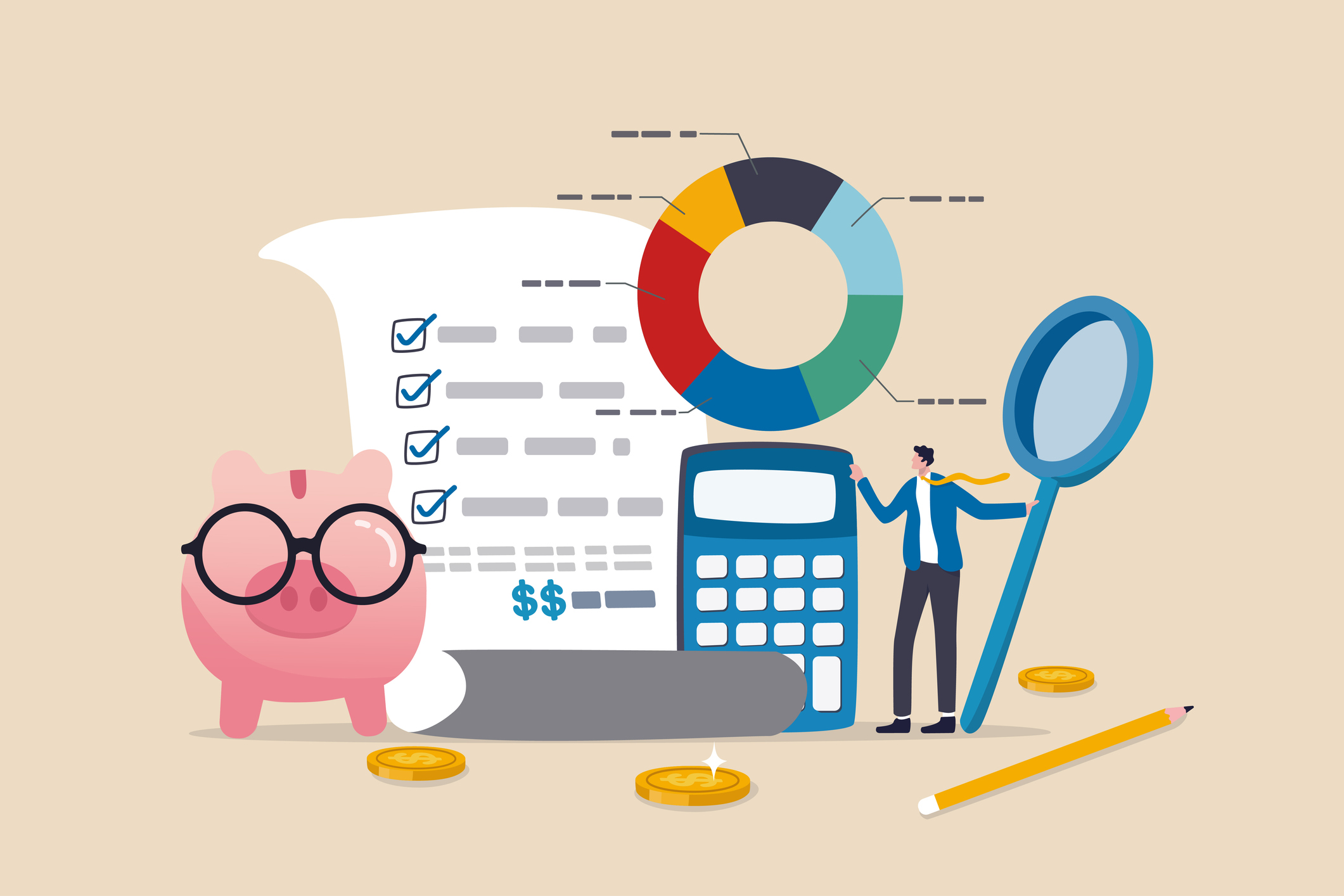Your 401(k) savings will be used to create a good portion of your income in retirement, so getting as much money in there as possible while you’re working makes sense. If you’ve been contributing the maximum every year – good job. But there are other moves you can make that can significantly boost the value of your account. Contributing more and earlier means more time for investments to grow. And thinking through tax strategies while you’re still working can give you a chance to get the other piece of retirement – keeping your income for your own use – in place.
We’ve outlined two strategies to increase your assets and a way to help them grow tax-free and create tax-free withdrawals once you’ve left the working world behind.
The IRS Catch-Up Provision
Turning 50 has some significant perks, and we’re not talking about the privilege of having AARP and senior dating sites spam your inbox. The IRS allows individuals age 50 and up to contribute an additional $6,500 per year to a 401(k), on top of the maximum contribution of $19,500. This also means you get to reduce your taxable income by an additional $6,500. With tax changes (most likely increases) on the horizon, every little bit really does help.
We made a handy chart that compares account balances with no catch up to an account that has taken advantage of the catch up. The time period is 15 years, the assumed rate of return is 5%, and the beginning account balance is $0 (unlikely we know, but it makes for a straightforward illustration).
Keep Contributing – Even After Taxes
Most people stop contributing after maxing out their $26,000 catch up contribution, but the regulations allow you to contribute more! But we warned that not every 401k can accommodate this. There is extra time and cost for your employer to build this feature into their plan even though law allows for it. Check with HR or the plan administrator to find out if you have this option.
The money that you contribute to the 401(k) on top of the $26,000 already contributed is not tax deductible. It’s usually listed on a statement as “Non-Roth after tax contributions.” So why do it? Why put more money into a 401(k) plan if you don’t get the tax benefit?
Its about the earnings! You won’t get the deduction on that portion of your contribution but you will get tax deferral on all the earnings (capital gains, dividends, and interest). That’s a big plus. Compare this to a taxable brokerage account where all gains are taxable with only a very narrow set of exceptions.
The annual additions limit
This may seem like a great strategy if you’re a high-income earner. And it is. But its also capped. The IRS will only allow you to put so much into a 401k in any given year. That upper limit is $64,500 in 2021 (maximum amount for anyone over age 50). This includes your regular contributions, your catch up contributions, your non-Roth after-tax contributions, AND any employer money. This includes any employer match or any employer profits sharing contributions.
Accidental overfunding
You might overfund your 401k plan from year to year. It happens. We see this most often with an employer profit sharing contribution. Those can be made up until the employer’s tax filing deadline while your contributions must be calendar year. The mismatch in timing means you may end up going over the $64,500 limit.
All that’s needed to correct this is a quick call over to your plan administrator. They will help you remove the excess contribution. There is no penalty for this either so long as you get it done before you file your taxes. The hang up, however, is that businesses typically file later in the year than individuals. This means you may not realize you’ve overcontributed until you’ve already filed!
The remedy to this is to go back and amend your return. Extra time and hassle and possibly not worth the cost. It’s not a bad idea to leave yourself some wiggle room with your contributions if you know your employer tends to post profit sharing contributions late.
The In-Plan Roth Conversion
You might be wondering with all that after-tax money sitting in your 401(k), can I convert this to Roth money?
Yes, you can! But this is another one of the bells and whistles that your employer has to spring for when setting up the 401k. Check to make sure your plan has this option. Many plans that have a Roth component also allow for in-plan conversions but it isn’t automatic.
The benefit to this is obvious. You have already paid tax on that after-tax contribution you just made. The growth on that is tax-deferred. But if you do a Roth conversion with that money then all future growth will be tax-free! It’s the closest thing to a free lunch you can find.
But it isn’t without its own special set of hiccups.
The Pro-rata rule applies
The IRS doesn’t give you the ability to pick which portions of your 401k balance you want to convert. It seems straightforward that you would only want to convert the after-tax portion of the 401k. But regulators don’t take this view. They see a single pot of money with X% being after-tax and the rest being pre-tax.
The pre-tax and after-tax segments are essentially inseparable. Without being able to isolate the after-tax portion of your balance, the IRS applies something known as the pro-rata rule to determine what portion of the conversion is after-tax. Its best to see it in action.
Say you have a $100 total balance in your 401k of which $20 is non-Roth after-tax money (i.e. 20%). If you convert $50 of your balance into a Roth account, you will end up with $10 of that amount being after tax money (i.e. 20% of the $50 converted). Your 401k balance would look like this post-conversion:
$50 Roth 401(k)
$40 Pre-tax 401(k)
$10 Non-Roth after-tax 401(k)
Also, you would only be taxed on $40 of that Roth conversion since $10 of it was coming from after-tax money. We’re playing with small dollars in the example. Large dollars inflict far greater pain. Fortunately there are ways around this.
Skirting the Pro-Rata Rule
The easiest way to skip the pro-rata rule is simply to contribute solely to the Roth account and avoid the pre-tax account entirely. There won’t be any pre-tax money for the pro-rata rule to impact if all funds are in Roth and non-Roth after tax accounts! But this is rare in practice. Employers frequently provide matching and/or profit sharing contributions.
But going 100% Roth could come with a big price tag, particularly if you’re in a high-earning tax bracket. You can also avoid the pro-rata rule by completing a full distribution of your balance every year. The IRS does allow you to pick and choose which portions of your 401k go where upon a full distribution of your 401k. You can do this at retirement (easy) or each and every year if your 401k plan allows for in-service distributions (cumbersome).
Other bullets to sweat
There is a 5-year holding period to be aware of for Roth IRAs and Roth 401k’s if you are under age 59.5. Roth 401(k)s are also subject to required minimum distributions beginning at age 72 (though regular Roth IRAs are not). Neither of these details will sink a good Roth conversion strategy, but they are worth taking stock of to avoid a costly mistake. We wrote the book on Roth Conversions for full details.
The Bottom Line
When you get on the retirement homestretch, there are ways to boost your savings and begin to implement income and tax savings strategies. Having a great retirement is all about planning. We’re here to help you think things through.
This work is powered by Seven Group under the Terms of Service and may be a derivative of the original. More information can be found here.











